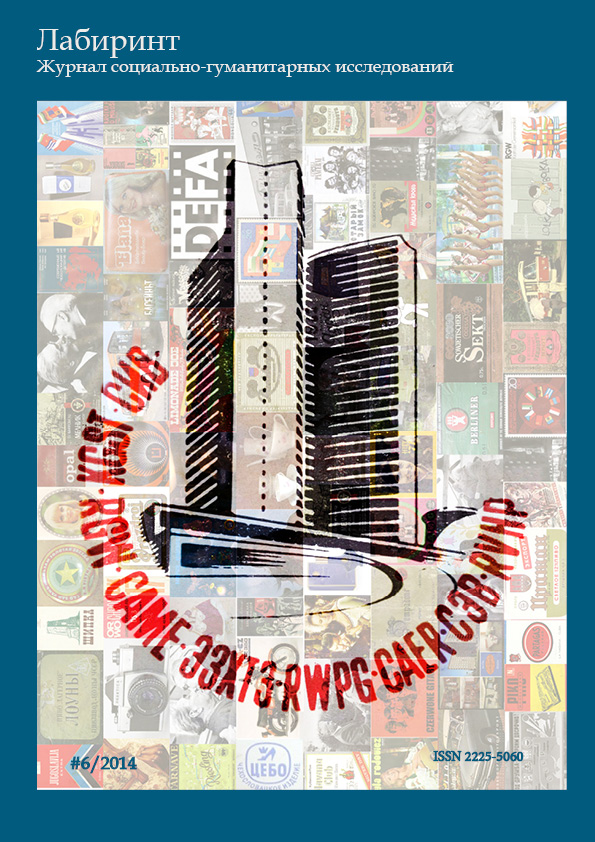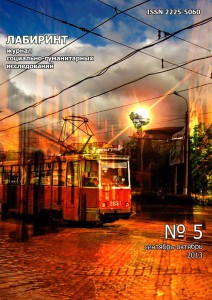
ИГРУШКИ ИЗ ГДР В АССОРТИМЕНТЕ СОВЕТСКИХ ТОВАРОВ 1970-Х ГОДОВ (ПО ВОСПОМИНАНИЯМ КОЛЛЕКЦИОНЕРОВ И БЛОГЕРОВ)
In 1965-1975, the USSR changed the approach to planning, design and production of toys. The analysis of articles in the journal "Preschool education" points to the emergence of new aesthetic, didactic, educational requirements for the toy. The range of the toys, manufactured by the domestic industry, increases in 2.5 times. However, the toy of the GDR remained the dream of a Soviet child of 1970's. Blogs and reviews from the collectors and the visitors of exhibitions (improvised and museum) have back memories of the toy from the GDR, who had “the effect of magic”: technically sophisticated, driven, demountable, or comely, pleasant, aesthetic.
More...
